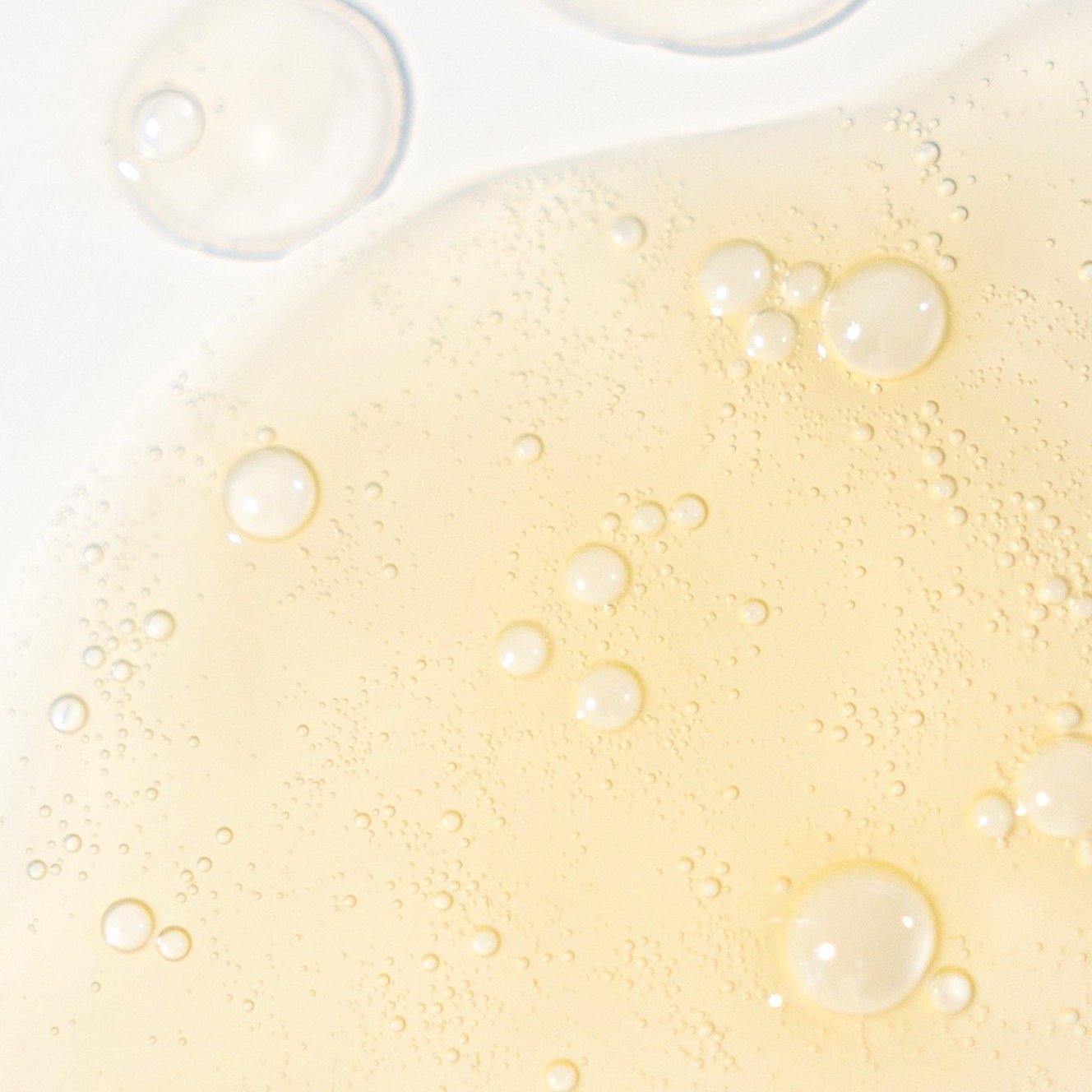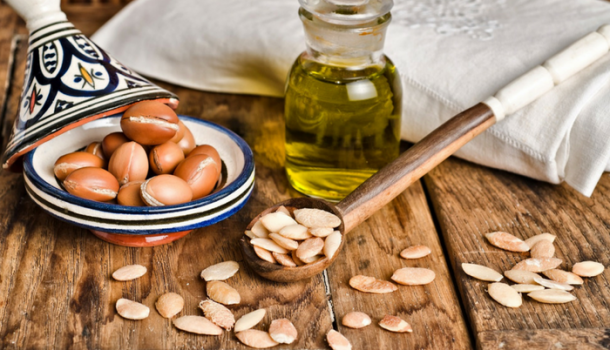
AT A GLANCE
-
WHAT IT IS
Summertime is the perfect time to spend time outside, but can cause sun damaged skin -
WHAT IT DOES
Sun damaged skin can appear in forms of dry and discolored skin, wrinkles and dark spots. It's important to always stay protected with SPF and you can reverse the effects of sun damage by reading our guide here! -
HOLY GRAIL PRODUCTS
Harmony Glycopolymer Solution, Glow To Go Glycolic Acid Peel Pads, A Plus Longevity Complex
Saving Sun Damaged Skin
Summer is coming to an end, and with all of the fun that came with long poolside weekends or outdoor adventures, may have come some not so fun consequences – sun damage. Soaking up the sun is a staple of summertime, but even when we’re keeping up our SPF routine to a T, too much sun can leave behind some unwanted effects. Inflammation, redness and peeling skin are often what come to mind. While you can bring out some Aloe Vera to soothe a burn, long lasting effects including wrinkles and sunspots may not be as simple to care for. The good news is that sun damage is reversible. Of course the obvious is to always protect your skin from the sun by wearing SPF and continuously re-apply it throughout the day, but sun damaged skin needs some extra care. These are the most common effects of sun damage, and by properly treating them you can keep your skin feeling young and healthy. ![]() Too much sun exposure can cause dryness because the skin becomes deprived of its natural moisture and hydration. The best way to rid the skin of dryness caused by sun exposure is through chemical exfoliation. Using a chemical exfoliant like glycolic acid can quickly dissolve the skin of dead and discolored skin cells, as well as fight back against other signs of sun damage like fine lines, wrinkles and even dark spots. Using chemical exfoliants can sound scary, but our Harmony Glycopolymer Solution is gentle enough for sensitive and sun damaged skin. And, if your skin routine is rushed, Glow to Go Glycolic Acid Peel Pads pack all of the goodness into a single pad, ready to swipe across your face for a quick save and refreshed, brightened skin. Along with dryness, the skin can also become discolored due to the extra melanin that the skin produces to protect itself from the sun. While applying foundations and concealers can help hide the appearance of dark spots, truly achieving an even skin tone can be done with consistent use of a Vitamin C serum - so you can take on those no makeup days with a full glow.
Too much sun exposure can cause dryness because the skin becomes deprived of its natural moisture and hydration. The best way to rid the skin of dryness caused by sun exposure is through chemical exfoliation. Using a chemical exfoliant like glycolic acid can quickly dissolve the skin of dead and discolored skin cells, as well as fight back against other signs of sun damage like fine lines, wrinkles and even dark spots. Using chemical exfoliants can sound scary, but our Harmony Glycopolymer Solution is gentle enough for sensitive and sun damaged skin. And, if your skin routine is rushed, Glow to Go Glycolic Acid Peel Pads pack all of the goodness into a single pad, ready to swipe across your face for a quick save and refreshed, brightened skin. Along with dryness, the skin can also become discolored due to the extra melanin that the skin produces to protect itself from the sun. While applying foundations and concealers can help hide the appearance of dark spots, truly achieving an even skin tone can be done with consistent use of a Vitamin C serum - so you can take on those no makeup days with a full glow. ![]() Exposure to UV rays accounts for over 90 percent of the symptoms of premature aging, the most notable being wrinkles. UV rays break down collagen and elastin in the skin, which leads to those fine lines we try to avoid. The best way to fight back against skin aged by the sun is with Antioxidants. Antioxidants reduce free radicals that attack healthy cells. The Vitamin C we mentioned before has high antioxidant activity, making it a true warrior against sun damage. While it helps even skin tone, it also stimulates collagen production which helps to firm the skin - reducing the appearance of fine lines and wrinkles in the process. We can also receive the healing benefits of antioxidants from the inside out. Eating leafy greens like spinach and kale can pack tons of nutrients into a small meal. The best of these nutrients for sun damaged skin is the high antioxidant count. Eating a kale salad might not make your sun damage disappear, but it will definitely provide an extra boost that will make a difference in combination with a diligent skin care routine. Another well known savior for wrinkles and sun damage- Vitamin A. While some forms of topical Vitamin A can cause irritation for those with sensitive skin, Vitamin A in our A Plus Longevity Complex utilizes a milder option with effective moisturizing bases to diminish the appearance of fine lines and wrinkles by assisting collagen production, and providing the antioxidants needed to powerfully relieve dry or rough skin. Giving your face the moisture needed to replenish from the drying effects of too much sun exposure.
Exposure to UV rays accounts for over 90 percent of the symptoms of premature aging, the most notable being wrinkles. UV rays break down collagen and elastin in the skin, which leads to those fine lines we try to avoid. The best way to fight back against skin aged by the sun is with Antioxidants. Antioxidants reduce free radicals that attack healthy cells. The Vitamin C we mentioned before has high antioxidant activity, making it a true warrior against sun damage. While it helps even skin tone, it also stimulates collagen production which helps to firm the skin - reducing the appearance of fine lines and wrinkles in the process. We can also receive the healing benefits of antioxidants from the inside out. Eating leafy greens like spinach and kale can pack tons of nutrients into a small meal. The best of these nutrients for sun damaged skin is the high antioxidant count. Eating a kale salad might not make your sun damage disappear, but it will definitely provide an extra boost that will make a difference in combination with a diligent skin care routine. Another well known savior for wrinkles and sun damage- Vitamin A. While some forms of topical Vitamin A can cause irritation for those with sensitive skin, Vitamin A in our A Plus Longevity Complex utilizes a milder option with effective moisturizing bases to diminish the appearance of fine lines and wrinkles by assisting collagen production, and providing the antioxidants needed to powerfully relieve dry or rough skin. Giving your face the moisture needed to replenish from the drying effects of too much sun exposure. ![]() While the extra melanin production that we mentioned before can cause discoloration in the skin overall, it can also clump together and produce dark spots, sometimes called sun spots. Exfoliating can help to decrease dark spots, but in many cases they need to be specifically targeted to see a difference. Dark spots can be lightened up using botanical lighteners like kojic acid. Many skin lighteners use hydroquinone, which may not be the safest option for some sensitive skin. Using botanical lighteners can create a noticeable difference in targeting hyperpigmentation, while keeping safe. Ingredients like Alpha-Arbutin, Licorice Root Extract and Kojic Acid found in our Opaleze Brightening Serum act as depigmentation agents and help reduce the production of melanin - stopping future dark spots from forming.
While the extra melanin production that we mentioned before can cause discoloration in the skin overall, it can also clump together and produce dark spots, sometimes called sun spots. Exfoliating can help to decrease dark spots, but in many cases they need to be specifically targeted to see a difference. Dark spots can be lightened up using botanical lighteners like kojic acid. Many skin lighteners use hydroquinone, which may not be the safest option for some sensitive skin. Using botanical lighteners can create a noticeable difference in targeting hyperpigmentation, while keeping safe. Ingredients like Alpha-Arbutin, Licorice Root Extract and Kojic Acid found in our Opaleze Brightening Serum act as depigmentation agents and help reduce the production of melanin - stopping future dark spots from forming. ![]() The only way to save yourself from having to care for sun damaged skin, is to stay protected to begin with. Even when you’re sure you’ll be far from the sun all day, it’s important to incorporate SPF into your morning routine, whether it be a mineral sunscreen or a moisturizer with SPF. It may seem unlikely, but even the rays that creep in through your windshield during your morning commute have the power to impact your skin.
The only way to save yourself from having to care for sun damaged skin, is to stay protected to begin with. Even when you’re sure you’ll be far from the sun all day, it’s important to incorporate SPF into your morning routine, whether it be a mineral sunscreen or a moisturizer with SPF. It may seem unlikely, but even the rays that creep in through your windshield during your morning commute have the power to impact your skin.



